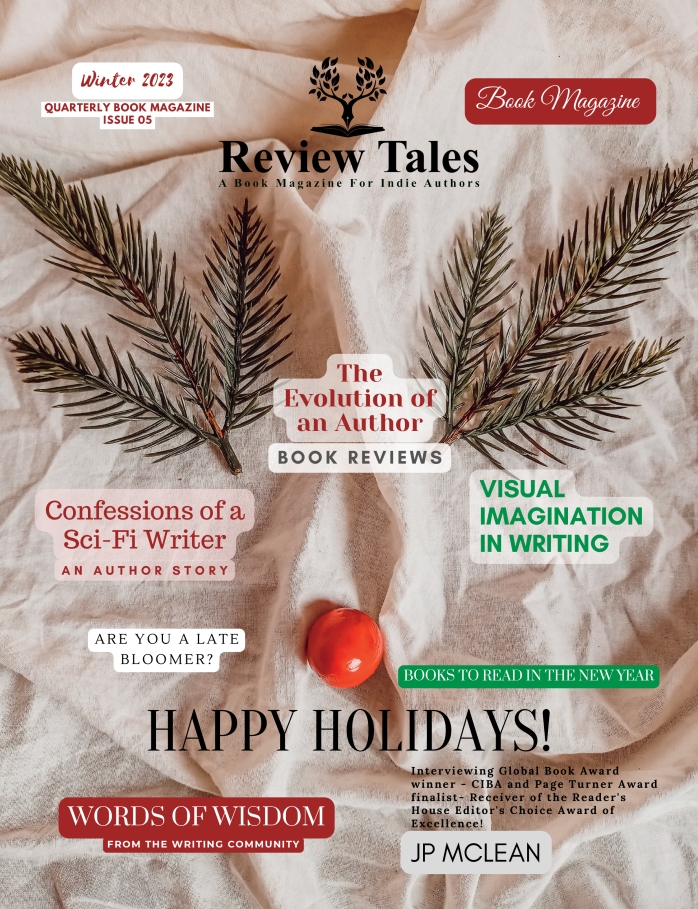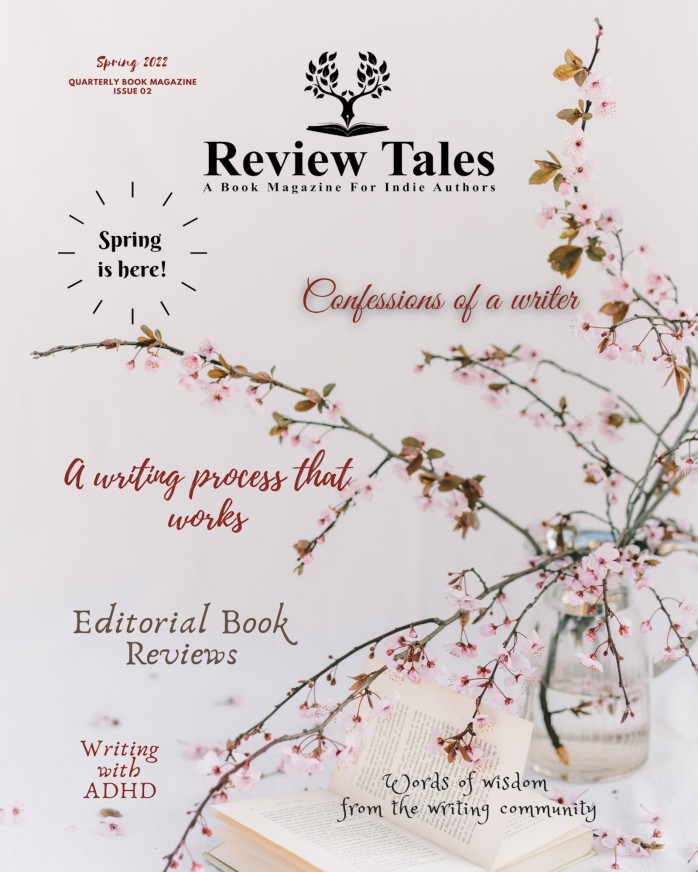Review Tales
Book Magazine – Publishing – Editing
Reality is Elusively Absurd by Brian Petkash
Posted on March 15, 2023 by Jeyran Main

Reality is elusively absurd. To render in art the every day, the rhythm, and meter of life, can be a fool’s errand. One must first set out to define what is real, it seems, and then develop a method of sending one’s fictional reality to invade another’s actual reality. This is no easy thing.
William Dean Howells saw Realism as “nothing more and nothing less than the truthful treatment of the material.” Events in realistic fiction are plausible and normal, sure. But Howells’s definition doesn’t go far enough. Yes, “truthful” could mean both honest and unflinching, and these terms do fit well with modern Realists, but just presenting the material as real fails to capture the essence of Realism.
Realism is more than simply depicting events realistically. It’s depicting life as it is, without idealization, without embellishment; in Realism, characters, settings, and events are not rendered as beautiful when they’re not. How could they be? To present the verisimilitude of the commonplace is to capture the distinctness of place and characters in all their grime and misery that earlier literary styles, Romanticism and Transcendentalism, for instance, did not. So, the first step, regardless of the intended and described reality, is to convey in a way and with a language characters as they are and events as they would actually occur. The second step, then, is to let the first provide the context and understanding of the fictional reality.
While perhaps beginning with Petronius’s Satyricon—written around 65 ad, Petronius depicts the true, the real, Roman world of the time, a Rome populated by ribald, licentious lechery and overindulgent appetites—Realism found its home in America in the 1880s as a way to help understand the disorienting and rapid changes occurring in a country emerging from a gruesome Civil War, a country booming in its industrialization and urbanization. Writers such as Mark Twain, Willa Cather, Upton Sinclair, Ambrose Bierce, and Edith Wharton, through an accumulation of details of setting, used the matter-of-fact vernacular of the time to depict a realistic world of real-life problems in which middle- and lower-class individuals often felt isolated and abandoned.

Naturalism, an outgrowth of Realism, depicts characters who are invariably poorly educated lower-class individuals, who live in a harsh and cruel environment, and who lack any real choice in the matter because their heredity and external environment have already predetermined their lives. Social Darwinism takes hold as they futilely struggle for survival and against the indifference of the world.
Today, many writers of Realism may have even created their own subgenre, a hybrid of traditional Realism and Naturalism: Urban Realism. In Urban Realism, life is depicted in the raw. It’s a life lacking any true freedom of choice, a life overwhelmed by an inescapable environment and by powerful and uncontrollable outside forces. Following the tradition of both Realists and Naturalists (e.g., the French writer Emile Zola and American writers Jack London, Stephen Crane, Theodore Dreiser, and John Steinbeck), Urban Realists go beyond the mere “truthful treatment of material.” Using descriptive details, big and little, using pitch-perfect dialogue, using language unique to time and place, using juxtaposition, Urban Realists perform a naturalistic autopsy on the gritty, raw, and urban reality of their characters.
It is this lineage that, I hope, my writing follows. In my collection Mistakes by the Lake, stories set throughout the history of Cleveland, Ohio, I attempt to depict time and place through changes in language and syntax and dialogue and setting and details. And, if I did it any justice at all, I endeavored to traverse Realism and Naturalism to, in the final piece, arrive at an Urban Realistic destination that drives home how a land can change in and of itself and how a land can change its people.
Brian Petkash’s award-winning stories have appeared in Midwestern Gothic and Southword, among other publications. Mistakes by the Lake, a collection of Cleveland-centric stories published by Madville Publishing, is out now. Born and raised in Cleveland, Ohio, Brian currently lives in Tampa, Florida, where he remains an avid fan of Cleveland sports.
https://brianpetkash.com
https://www.instagram.com/petkashreads/
https://www.goodreads.com/author/show/19812363.Brian_Petkash
If you would like a book review click here
If you would like your book edited click here
Need help getting your book published? Contact Me.
Subscribe to my youtube video review channel
Related
Category: Guest BlogTags: Author, guest article, Guest Blog, realism, writer
Search
Categories
Follow me on Twitter
My TweetsBlog Stats
- 2,514,023 hits














